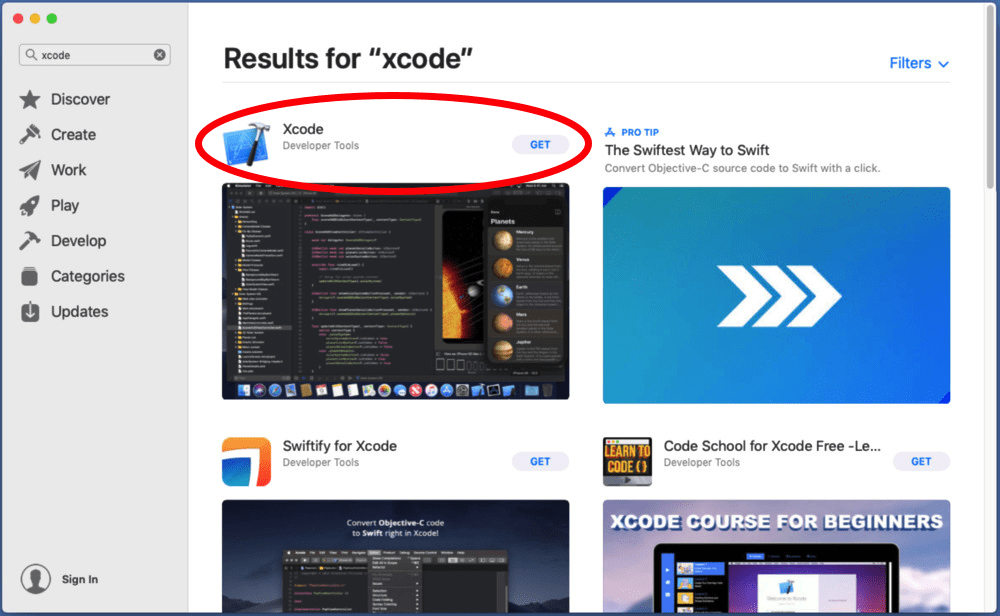Learn Your Science! Mac OS
- Later, the operating system had finally changed its name from System to Macintosh Operating System (Mac OS). Mac OS 9 is the final version in the Classic Mac OS family.MacOsXfamily.png In 1999, the first version of Mac OS X from the Mac OS X family was released – Mac OS X Server 1.0.
- Details: Apple website, developer website. Cosmographia is a realistic solar system simulation that lets you view planets and asteroids in glorious 3D. There are detailed planetary models with lots of details, and you can view any of the hundreds of thousands of asteroids orbiting the sun.

Learn Your Science Mac Os Download
Mac OS X Enterprise Course Outline
Mac OS X Overview
- Installing OS X
- Configuring OS X clients and servers
- Establishing requirements for interoperability
- Setting the stage for the enterprise
Navigating the Mac User Interface
Server operating system features
- File Sharing Services
- Client Management
- Networking Services
- Directory Services
Administering the file system
- Managing the file system with Finder
- Uncovering the underlying UNIX file system
- Manipulating advanced file system attributes
Installing Mac applications
- Examining installation methodologies
- Monitoring application health
- Comparing Mac and Windows application architectures
Running Windows on the Mac platform
- Virtualizing OS installations with Vmware
- Booting Windows natively with Bootcamp
Managing OS X Network Integration
Setting network preferences
- Establishing appropriate protocols for communication
- Activating network devices: Ethernet, AirPort
- Modifying preferences for Internet & Wireless
User account administration
- Adding and managing users
- Defining security settings for user accounts
- Preparing users for directory integration
Creating OS X and Windows workgroups
- Sharing files between Macs
- Setting permissions on file system objects
- Connecting Macs with SMB and AFP protocols
- Introducing SMB for PC connectivity
Sharing system resources
- Printer sharing
- Screen sharing
- Web sharing
- FTP
- Remote Desktop sharing
Building Centralized Directory Services
Integrating OS X into Active Directory (AD)
- Implementing LDAP services: AD and Open Directory
- Configuring AD for Mac integration
- Introducing iOS devices into the enterprise
Configuring directory services on an OS X client
- Leveraging Directory Utility for enterprise access
- Activating AD plug-in and Open Directory components
Managing OS X clients with Open Directory (OD)
- Centralizing administration with a Mac server
- Working with the Server Admin and Workgroup Manager
Integrating Mac OS X and Windows
Administering network resources and clients
- Building AD Users with the (ADUC) tool
- Integrating directory services with Workgroup Manager
Managing Mac desktop preferences
- Establishing distribution group architectures
- Pushing preferences with Profile Manager
Creating directory redundancy
- Replicating the Open Directory
- Specifying Master/Replica configuration
Accessing desktops remotely
- Microsoft Remote Desktop Connection
- Apple Remote Desktop
Maintaining Enterprise Services
Building enterprise DNS for AD and OD
- Establishing the primary DNS architecture
- Resolving DNS names across platforms
Synchronizing time services
- Aligning time services for authentication
- Configuring W32Time and SNTP
Authenticating users with Kerberos
- Establishing Kerberos authentication paths
- Investigating Kerberized applications
Ensuring enterprise integrity
- Leveraging Disk Utility for backups and imaging
- Centralizing backups to a server
Mac Os Basics
Installing the Python data stack on Mac OS X and Linux While Python is often said to have 'batteries included', there are a few key libraries that really take Python's ability to work with data to another level.
Learn Your Science! Mac OS
